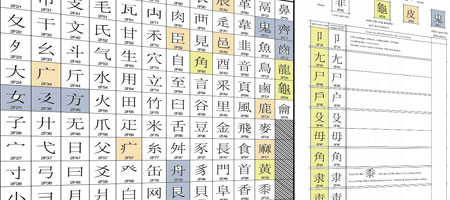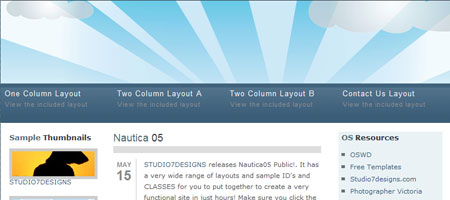
The moment you upload your meticulously constructed web pages onto the internet, you’re global. Internet users from Nebraska and New York, to Norway and the Netherlands all have equal access to the very same information you upload.
If all you’re looking to do with your website or blog is to develop a strong global following, then you might just be fine with your English language website: after all, over half of the European Union (EU) alone speak English to some degree.
However, if your plan is to build a successful, profitable international online enterprise, then you’ll need to plan how you are going to adapt your website for the international arena: after all, three quarters of the world’s population speak no English whatsoever, and those that do speak English, at least as a second language, still prefer to do business in their native tongue.
With that in mind, here are three considerations you must make when designing your website – aspects that will make your site far easier to adapt for other languages in the future.
Unicode

Unicode is a computing industry standard that enables computers to consistently display text in most of the alphabets and writings systems of the world. It has been adopted by leaders from the IT industry such as Apple, IBM, Microsoft…and countless others. It is supported in most of the standard operating systems and internet browsers and most popular design applications (Dreamweaver, Front Page etc) facilitate the development of Unicode web pages.
Unicode is compatible with over 90 scripts, and has a repertoire of over 100,000 separate characters. UTF-8 is a variable-length character encoding for Unicode that is familiar to most programmers. It is the best option when creating websites for international markets, as it allows you to use characters from many different alphabets and languages.
In the simplest terms, use Unicode if you plan to adapt your website for non-English speaking countries.
Colors

When you design your website, color will play a pivotal part in much of your decision making. Moreover, your choice of colors will probably reflect whatever your main product-offering is. If you’re an environmental organization, you might opt for a lot of green on your site…if you sell water sports equipment, you may use a lot of aqua blue.
But your color-choice should also be representative of your target country and culture. For example, in western cultures, red can denote ‘danger’ or ‘love’; whilst red can signify ‘purity’ in India and ‘good luck’ in China.
Similarly, green represents the natural world in many cultures, but if you’re ever thinking of having an illustration of a green hat on your site, it’s worth knowing that this signifies that a man’s wife is cheating on him in China.
Purple can signify ‘royalty’ in the west, or ‘mourning’ in some eastern countries (Thailand). Furthermore, black denotes ‘death’ in Western cultures, but in many Eastern countries, white is used for this.
In short, to avoid overhauling your website when launching into new markets, you should carefully consider your website’s color scheme from the very beginning.
Navigation
Navigation is a crucial aspect of any website’s design. Good navigation is what keeps visitors on track to reach their goal – whether that goal is to discover information, or complete a transaction; bad navigation is likely to lose you visitors.
If you have a vertical menu on the left of your English-language website, it’s worth considering switching this to the opposite side for languages that read ‘right to left’, such as Arabic. This isn’t essential, as you can have menus on the opposite side of the page, but it all depends how you want your website to appear to your visitors. However, if you want consistency across your websites, then perhaps use a horizontal menu to remove the need to make any alterations.
Some websites use IP2Country services which detect the location of the visitor based on their IP address, which automatically alters the display to suit the layout and language of the visitor. This method isn’t 100% dependable, so it’s best allowing the user to select their language manually, by having clearly labeled options at the top of the page.
These are just some of the fundamentals of building a website that easily adaptable for international markets…and if you follow these steps, you’ll be well positioned to build your global in-bound traffic from any country you wish.


